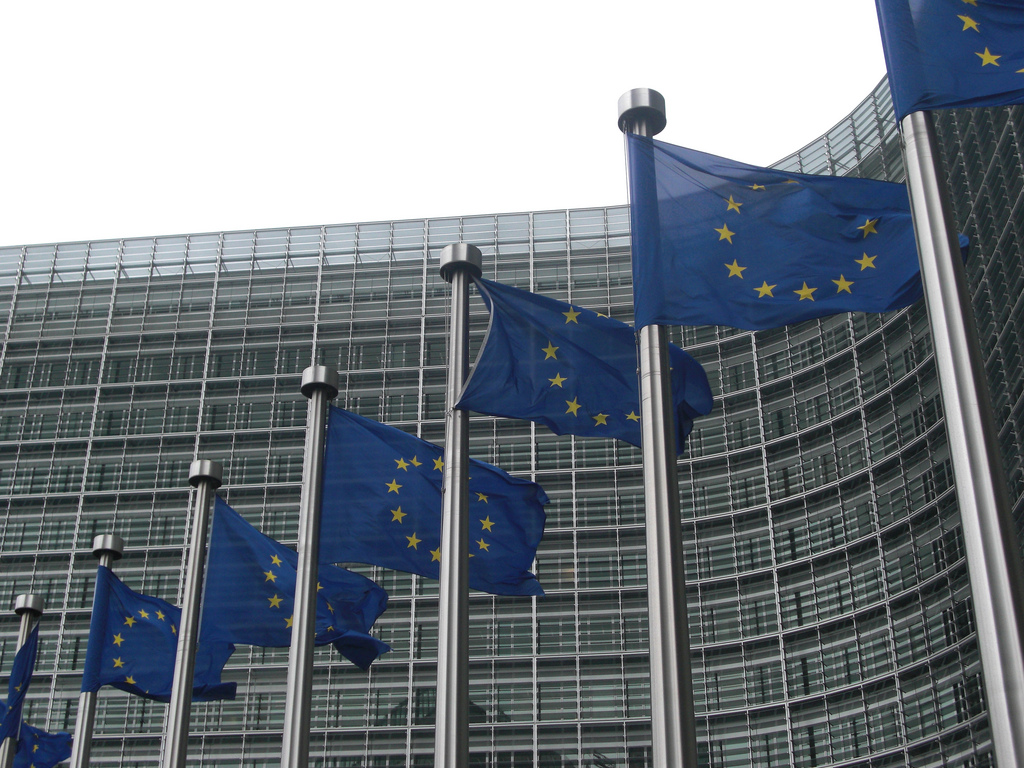The European Commission has today opened an in-depth investigation into the Capacity Market’s compliance with EU State aid rules, sparking what could remain a lengthy process towards the scheme’s reinstatement.
It follows the EU General Court’s annulment of the scheme’s approval in November last year following a successful challenge from energy firm Tempus Energy, which claimed that the Commission had erred in its decision.
The court’s conclusion that the EC had failed to fulfil its procedural obligations sparked the immediate suspension of the Capacity Market, preventing all future payments and auctions from taking place. It reverberated throughout the industry, triggering concerns over investment in energy infrastructure and impacting on the financial results of energy giants like SSE.
The investigation is to focus in particular on the participation in the mechanism of those able to reduce their energy demand for the market’s benefit, essentially referring to demand-side response technologies which are, it has been argued, underpowered by the scheme’s workings.
Responding to the launch of the investigation, the market has been broadly supportive, but for differing reasons.
Jonathan Marshall, head of analysis at the Energy and Climate Intelligence Unit, said that the Capacity Market had “penalised 21st century technology and market innovations” and that the investigation would present the Commission the opportunity to provide investors with clarity over whether or not pre-agreed payments will be made.
“Allowing demand side response to compete on an equal footing with other technologies is the minimum we can expect from a supposedly technology-neutral system. It will light the fire under a nascent industry, one that will be vital for the new generation of power systems that we will see around the world.
“As one of the tools for balancing variable power sources, boosting demand side response – alongside new interconnectors and storage – will ensure that we can install more renewable energy sources. This will both reduce household bills and cut carbon emissions, a win-win situation,” he said.
Meanwhile Energy UK chief executive Lawrence Slade said the investigation represented an important step towards the scheme’s reinstatement.
“We firmly believe that the CM remains the best way to ensure security of supply at the lowest cost to customers through providing a level playing field for all technologies. With some £1 billion of payments for existing plants and new developments having been halted by last year’s ruling, it’s vital for capacity providers, suppliers, security of supply, and indeed the whole market that the EC resolves the situation as soon as possible.
“We will continue to work with BEIS and the EC to help achieve this on behalf of the energy industry.”
While the launch of an investigation will not be unwelcome news for the industry – the government has previously stated that it is seeking the “most rapid and effective path” to the investigation getting underway – it is unlikely to offer much solace considering how timelines are still very much in the air.
There is no predetermined length of time for the investigation to take place and while both the government and National Grid have reiterated their confidence that the investigation is a formality – much to Tempus Energy’s chagrin – there is still the possibility that the mechanism will require tinkering or a redesign in order to satisfy State Aid guidelines and progress.
The government also remains committed to holding a T-3 top-up auction this summer for capacity to be delivered in the next (2019/20) winter period, but there has yet to be confirmation as to when this auction will take place and under which circumstances.






